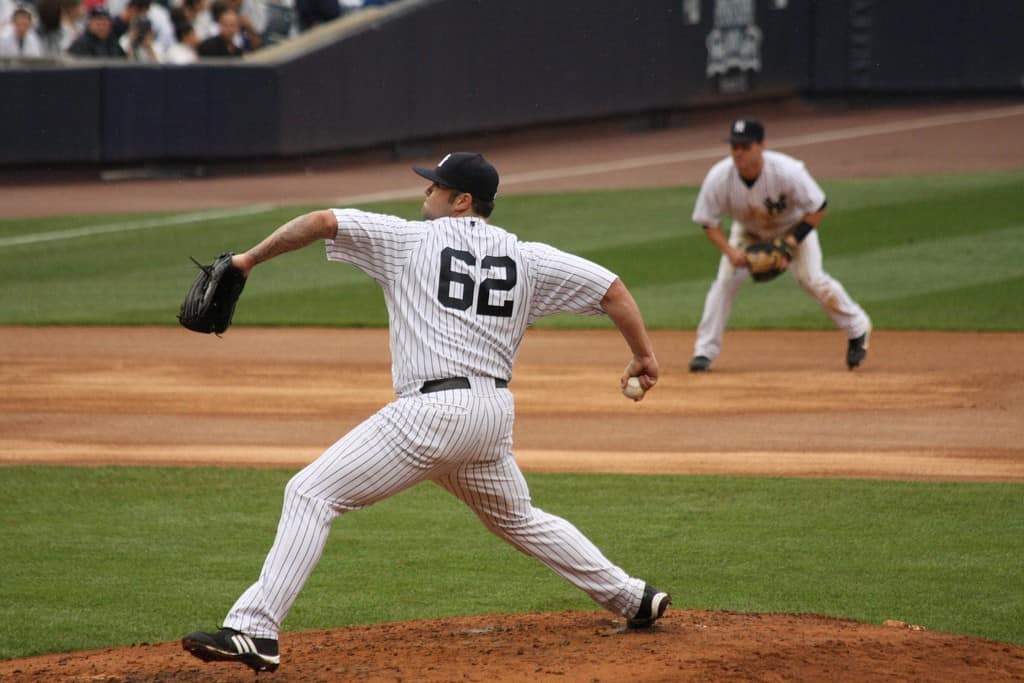When we think of athletes, we often think of success, money, and the easy lifestyle that most of us can only dream of. It’s easy to forget the foundation of work, stress, and physical risk behind every hour of televised glory. Pro sports is a lifestyle job that requires grueling workout schedules, practice sessions, and game day routines. An athlete’s body endures a constant beating in training, and it’s far too easy to cross the line from helpful stress into repetitive stress injuries. Athletes are predisposed to common soft tissue injuries, which can affect their livelihood and even the quality of their life after their sports careers. In this article, we discuss one of the most common sports injuries witnessed, rotator cuff tears.
What is the Rotator Cuff?
The rotator cuff is the soft tissue in the“socket” of your shoulder’s ball-and-socket joint—the joint that gives your shoulder a greater range of motion than any other body part. The rotator cuff is composed of a collection of four muscle groups; the teres minor, supraspinatus, infraspinatus, and subscapularis. These muscles, along with their tendons, form a covering around the head of the humerus bone.
The rotator cuff is protected by a lubricating sac, known as the bursa, which shields the cuff from the bone on top of your shoulder (called the acromion). This lubricating sac allows the rotator cuff tendons to glide freely with arm movement. When the tendons are injured, this bursa can become inflamed and painful, which limits arm activity. Pitchers are especially prone to rotator cuff injuries due to repetitive overhead activities and trauma.
How Do They Injure?
Rotator cuff injuries have symptoms similar to other soft-tissue injuries– shoulder pain, weakness, and loss of range of motion with movement and activity. If you have a rotator cuff injury, your shoulder pain might exacerbate during the night, while you are otherwise at rest. You might also feel crackling sensations when you move your shoulder.
The good news is that if you don’t aggravate an already-injured rotator cuff, they can be quite resilient. Over 50% of rotator cuff injuries can be treated using non-surgical orthopedic treatments, though this naturally depends on the size and duration of the tear. Conservative treatment usually includes rest, activity modification, physical therapy, and the usage of anti-inflammatory medication such as Ibuprofen and Naproxen.
If the inflammation and pain continue the next step might be a cortisone steroid injection, which is very effective in reducing inflammation. If there are continued symptoms beyond six months, then surgical consultation may be needed to facilitate full tendon healing.
How to Prevent a Shoulder Injury
Here are four tips that can help prevent shoulder injury:
1. Stretch your shoulder dynamically before performing intensive workouts.
2. Rest your shoulder regularly during practice and sports games.
3. Apply an ice pack if you start experiencing any shoulder pain.
4. Consider taking an anti-inflammatory pill such as Ibuprofen or Naproxen before and after every game to prevent swelling.
**************
 Moshe Lewis MD is the Medical Director for Pacific Spine and Joint Medical Group where he sees musculoskeletal injuries due to trauma, accidents and aging. He is also the co-host of a new radio show called Late Night Health.
Moshe Lewis MD is the Medical Director for Pacific Spine and Joint Medical Group where he sees musculoskeletal injuries due to trauma, accidents and aging. He is also the co-host of a new radio show called Late Night Health.

